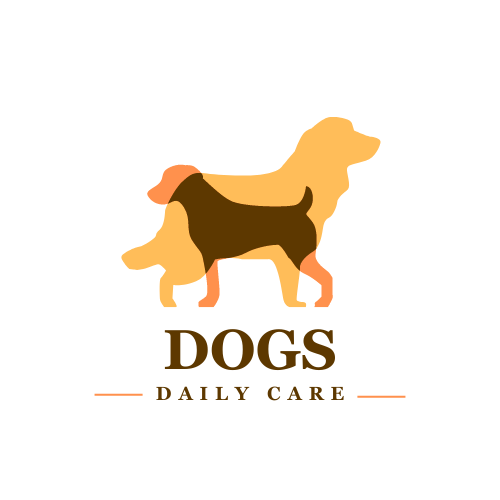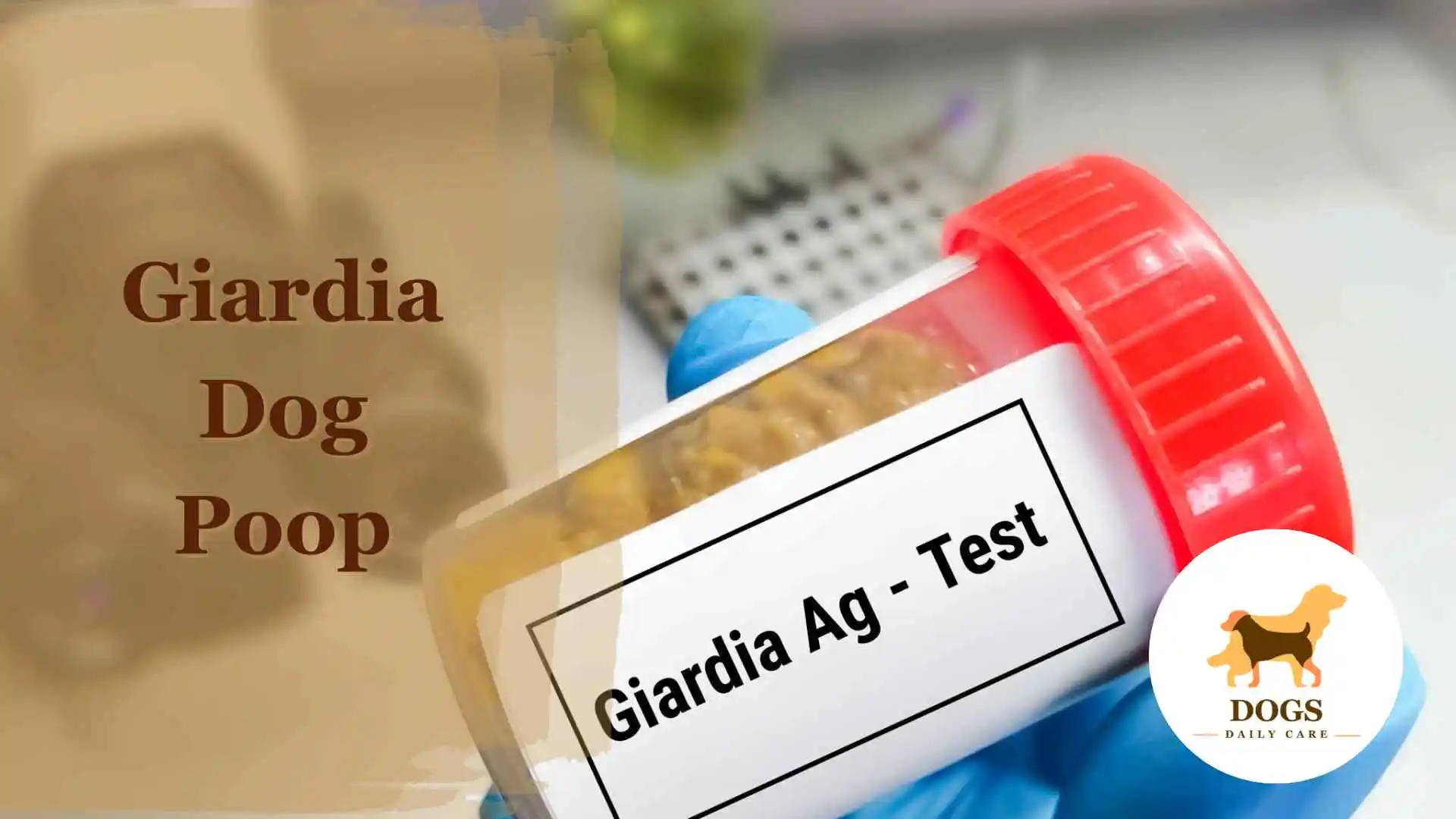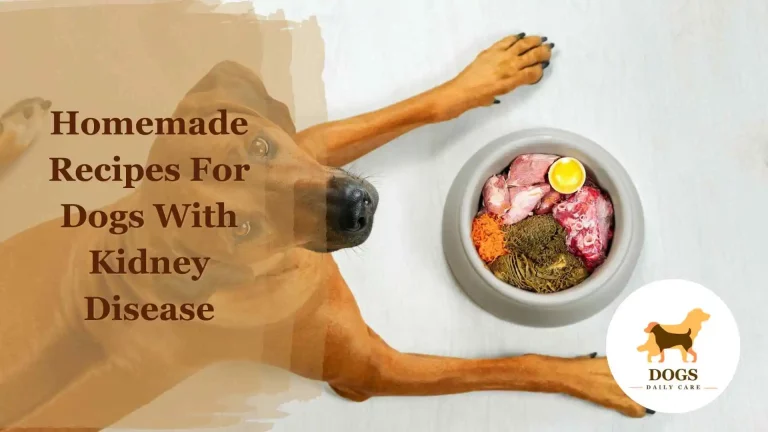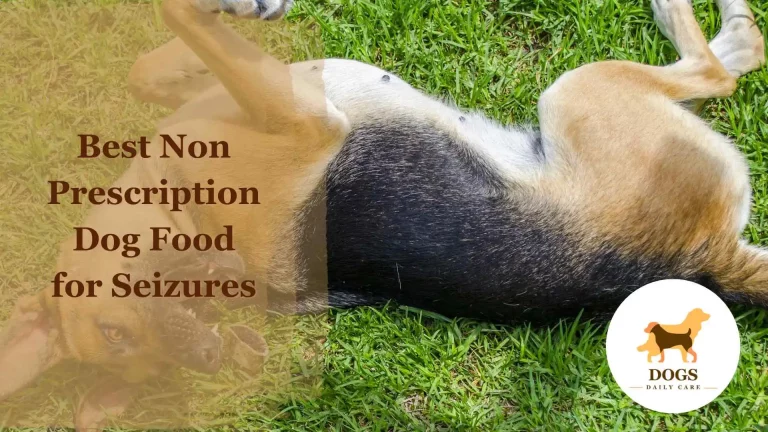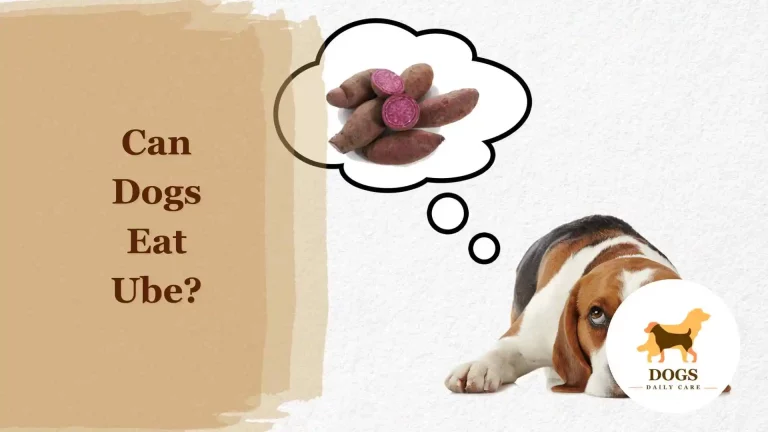Giardia Dog Poop Picture – All You Need To Know
When it comes to maintaining our furry companion’s health, vigilance in spotting signs of infections is crucial. One such common infection that can affect dogs is caused by a microscopic parasite called Giardia. It thrives in the intestine, leading to uncomfortable symptoms, including diarrhea. Timely identification and treatment are key to ensuring your pooch gets back to their playful self as soon as possible.
Giardia infection, also known as Giardiasis, is notorious for its persistence and the discomfort it brings to our canine friends. Understanding what Giardia looks like, especially in your dog’s stool, can be a stepping stone to early detection and prompt treatment. With this in mind, this blog post seeks to provide a visual guide to help dog owners identify Giardia in their dog’s poop, aiding in quicker resolution of the issue.
Embarking on this informative journey will equip you with the knowledge necessary to keep Giardia at bay. Through the visual aids provided, you’ll be better placed to discern if a vet visit is immediate or if other digestive issues might be at play. Stay informed, and take proactive steps to ensure the well-being of your beloved furry family member.
What is Giardia?

Giardia is a microscopic parasite that often finds its way into the intestines of dogs, triggering an infection known as Giardiasis. These tiny intruders thrive in the digestive tract, often causing a bout of unpleasant symptoms. Despite its small size, Giardia can wreak havoc in a big way, making the life of our four-legged companions quite uncomfortable.
The common routes of Giardia transmission include contaminated water, infected feces, or contact with an infected animal. It’s easy for a curious pup to come into contact with Giardia during their outdoor adventures. Whether it’s a sip from a stagnant puddle or a sniff at another dog’s feces, the risks are ever-present. Prevention, they say, is better than cure. Hence, understanding the lurking dangers and the common transmission routes of Giardia can equip dog owners with the knowledge to better protect their furry pals.
Giardiasis is not exclusive to the canine world; it can affect humans and other animals as well. Therefore, managing and preventing Giardia infection is beneficial not only for your dog but also for your household’s overall health. Awareness and early intervention are pivotal in creating a safe and healthy environment for everyone.
Causes of Giardia Infection in Dogs
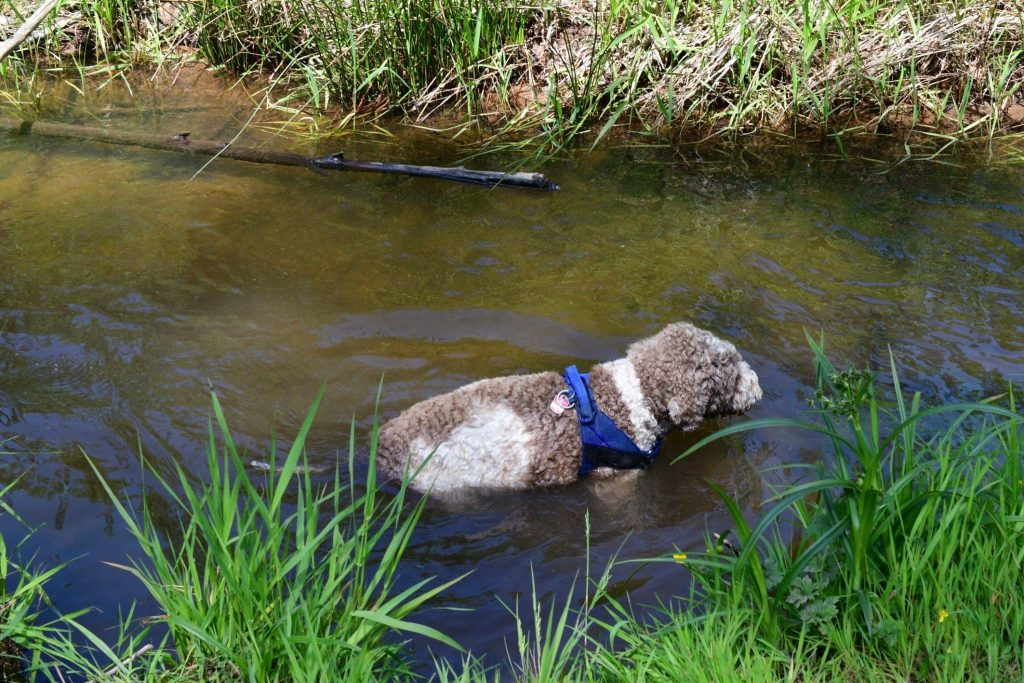
Giardia infection in dogs is often the result of contact with Giardia cysts, which are microscopic parasites. These cysts are resilient and can survive in various environments. The primary causes of Giardia infection include exposure to contaminated water sources, ingestion of feces from infected animals, and close interaction with infected dogs.
Contaminated water, such as stagnant puddles or untreated bodies of water, can harbor Giardia cysts. When dogs drink from these sources or splash around in them, they become susceptible to infection. Likewise, dogs with a penchant for investigating and consuming feces, whether their own or from other animals, are at risk of ingesting Giardia cysts. Additionally, close contact with an infected dog, especially in communal areas like parks or kennels, can facilitate the transmission of Giardia. Understanding these primary causes is essential for dog owners to take proactive steps in preventing Giardia infection.
Symptoms of Giardia in Dogs
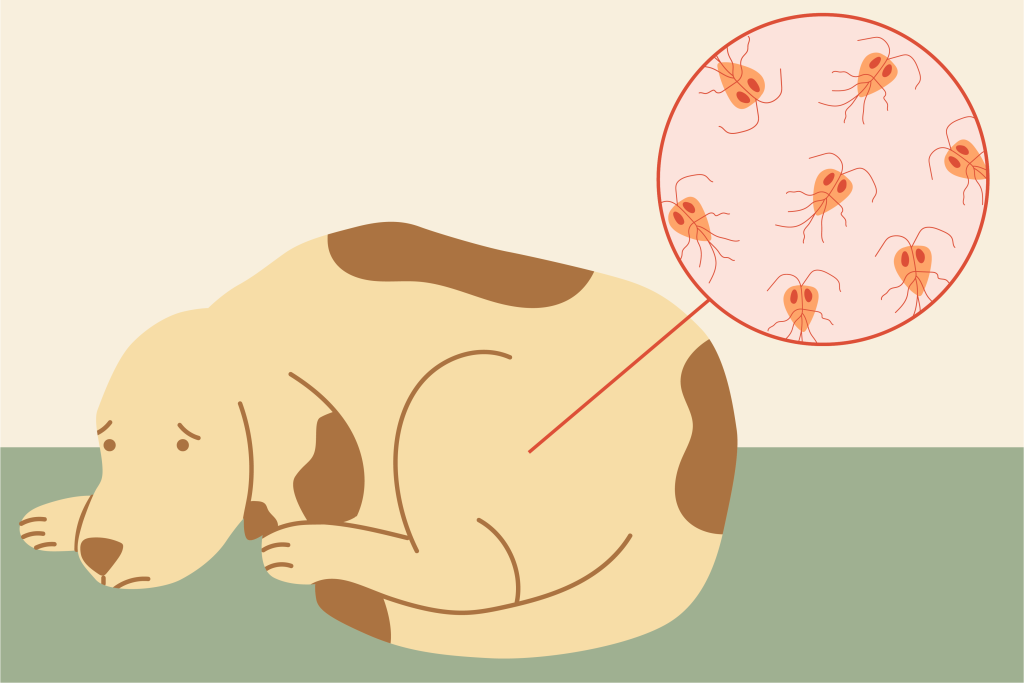
Identifying a Giardia infection early can significantly ease the healing journey for your furry friend. The hallmark of Giardiasis in dogs is often a sudden onset of diarrhea, which can range from mild to severe. However, it’s essential to recognize that symptoms can vary from dog to dog, with some showing no signs at all while others might experience more distress.
Apart from diarrhea, other common symptoms of Giardia in dogs include soft, greasy stools, excessive gas, and a swollen abdomen. Some dogs may also experience vomiting, lethargy, and a loss of appetite. The change in stool consistency and frequency are often the first signs that alert dog owners to a potential problem. The situation might be more worrying if the stools contain mucus or blood, indicating a more severe infection.
Early detection is the bedrock of prompt treatment. By knowing what to look for, you can swiftly respond to any signs of Giardia in your dog, ensuring they receive the necessary medical attention swiftly. Moreover, understanding these symptoms can help in distinguishing Giardia from other common digestive disorders. A well-informed dog owner is a proactive one, always ready to take the necessary steps towards securing the health and happiness of their canine companion.
Preventative Measures

Preventing a Giardia infection is significantly more comfortable and less stressful than treating one after it has taken hold. The saying, ‘prevention is better than cure,’ rings particularly true in this scenario. By adopting certain preventative measures, you can significantly reduce the risk of Giardia finding its way into your dog’s system.
The first line of defense is providing clean, fresh water for your dog at all times. Giardia cysts often lurk in contaminated water, so ensuring that your dog has access to clean water is crucial. Similarly, during walks or outdoor adventures, it’s wise to carry fresh water for your dog to prevent them from drinking from stagnant or contaminated sources.
Proper hygiene is another cornerstone of preventing Giardia infection. Regularly clean and disinfect your dog’s living area, food, and water bowls. After outdoor excursions, especially in areas known for Giardia presence, cleaning your dog’s paws and lower body can help to eliminate any lingering cysts before they cause an infection.
Additionally, avoid areas with known contamination, and steer clear of feces during your outdoor adventures. It’s wise to keep your dog on a leash in unfamiliar or densely animal-populated areas to better control their interactions with the environment.
Lastly, regular vet check-ups are essential in keeping a step ahead of Giardia and other potential health issues. Your vet can provide further personalized advice on keeping your furry companion Giardia-free, ensuring they lead a happy and healthy life.
Treatment Options

If you suspect your dog has fallen prey to a Giardia infection, prompt action coupled with professional veterinary care can pave the way to a swift recovery. Treatment for Giardia in dogs primarily revolves around a course of prescribed antiparasitic medications. These medications aim to eradicate the Giardia cysts from your dog’s system, alleviating symptoms and restoring their digestive health.
The cornerstone of effective treatment is an accurate diagnosis. A vet will typically conduct a fecal examination to detect the presence of Giardia cysts. Once confirmed, they will prescribe a treatment plan tailored to your dog’s condition. Adhering to the treatment plan, administering medication as directed, and following up with your vet are crucial steps in ensuring a complete recovery.
Apart from medication, maintaining a clean environment is pivotal to prevent re-infection. This includes thoroughly cleaning and disinfecting your dog’s living area, food, and water bowls, as well as frequent bathing to remove any cysts from their fur. Ensuring that your dog has continuous access to clean, fresh water will also support their recovery.
In some cases, your vet may also recommend a special diet to help manage diarrhea and support your dog’s digestive system throughout the treatment process. The road to recovery may seem meticulous, but with a disciplined approach and regular vet consultations, you can help your dog overcome Giardia and bounce back to their lively self.
Frequently Asked Questions (FAQs)
1. What causes Giardia in dogs?
Giardia is caused by a microscopic parasite that inhabits the intestines of dogs and other animals. It’s typically transmitted through contaminated water, infected feces, or contact with an infected animal. Understanding the transmission routes is crucial for prevention and early detection.
2. Can humans catch Giardia from dogs?
Yes, it’s possible, although not common, for humans to contract Giardia from dogs. Practicing good hygiene, like washing hands thoroughly after handling your dog or cleaning up after them, can help prevent transmission.
3. How is Giardia in dogs diagnosed?
Diagnosis of Giardia in dogs is primarily done through a fecal examination by a veterinarian. They’ll check for the presence of Giardia cysts under a microscope, which will help in determining the right treatment plan.
4. What is the treatment for Giardia in dogs?
Treatment usually involves a course of antiparasitic medications prescribed by a vet. Additionally, maintaining a clean environment and possibly adapting a special diet can help in managing symptoms and preventing re-infection.
5. How can I prevent my dog from getting Giardia?
Prevention strategies include providing clean, fresh water, avoiding areas known for Giardia contamination, keeping your dog away from infected animals, and practicing good hygiene. Regular vet check-ups can also play a crucial role in prevention and early detection.
Conclusion
Navigating the murky waters of a Giardia infection in dogs can initially seem daunting, yet with the right knowledge and prompt action, it’s a manageable condition. Ensuring that your dog has access to clean water, maintaining a sanitary environment, and regular vet check-ups are pivotal steps in preventing Giardia infection. The importance of early detection cannot be overemphasized, as it significantly aids in swift treatment and recovery, reinstating your furry companion’s vibrant health and joyful spirit.
The journey from understanding the intricacies of Giardia to implementing preventative measures and seeking timely treatment showcases a proactive approach to pet care. As you delve into the realms of dog health, armed with the insights shared in this post, you’re not only creating a safer environment for your pet but also nurturing a bond built on care and mutual trust. Your informed steps today echo a happier and healthier tomorrow for your beloved canine companion.
